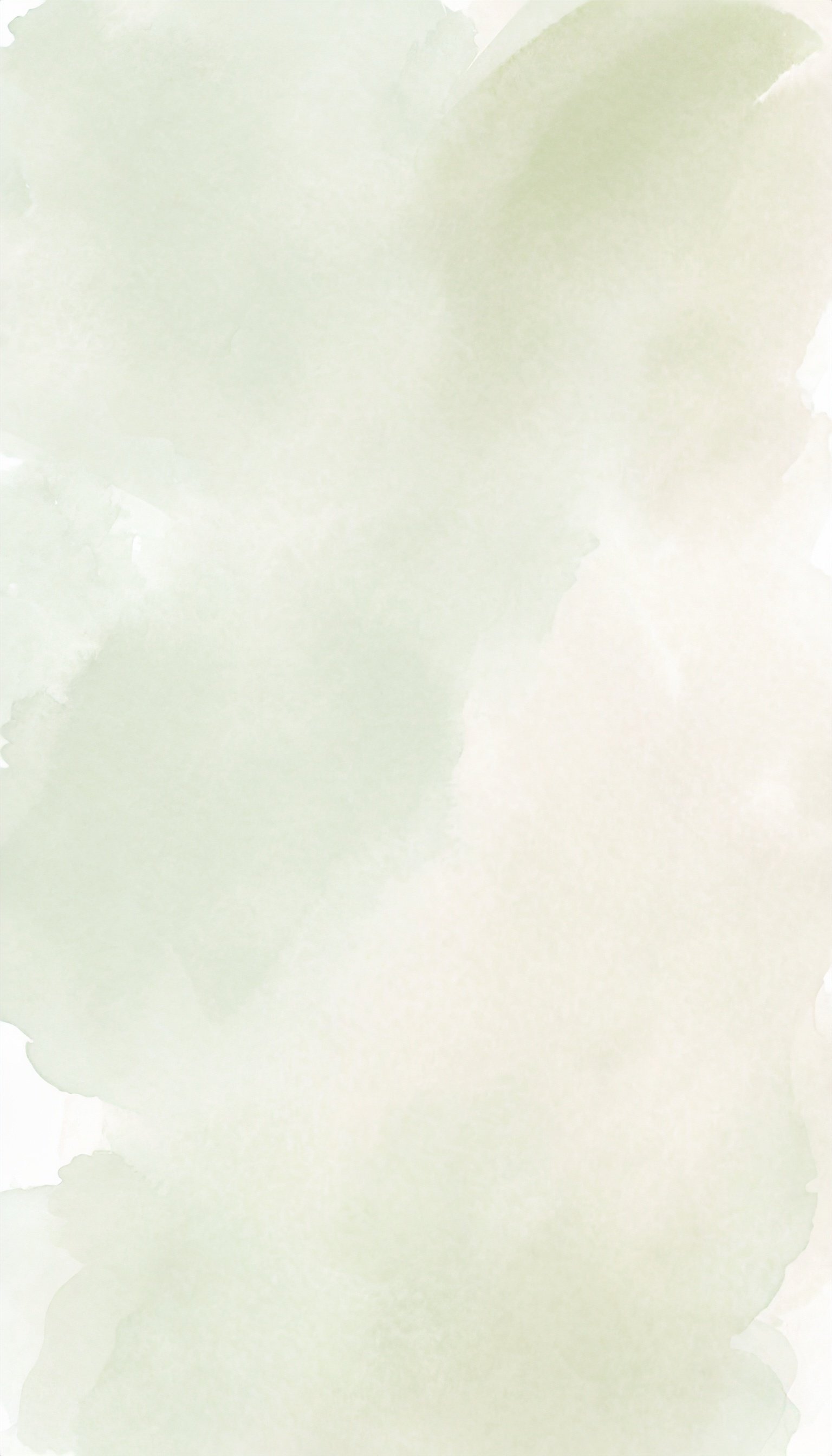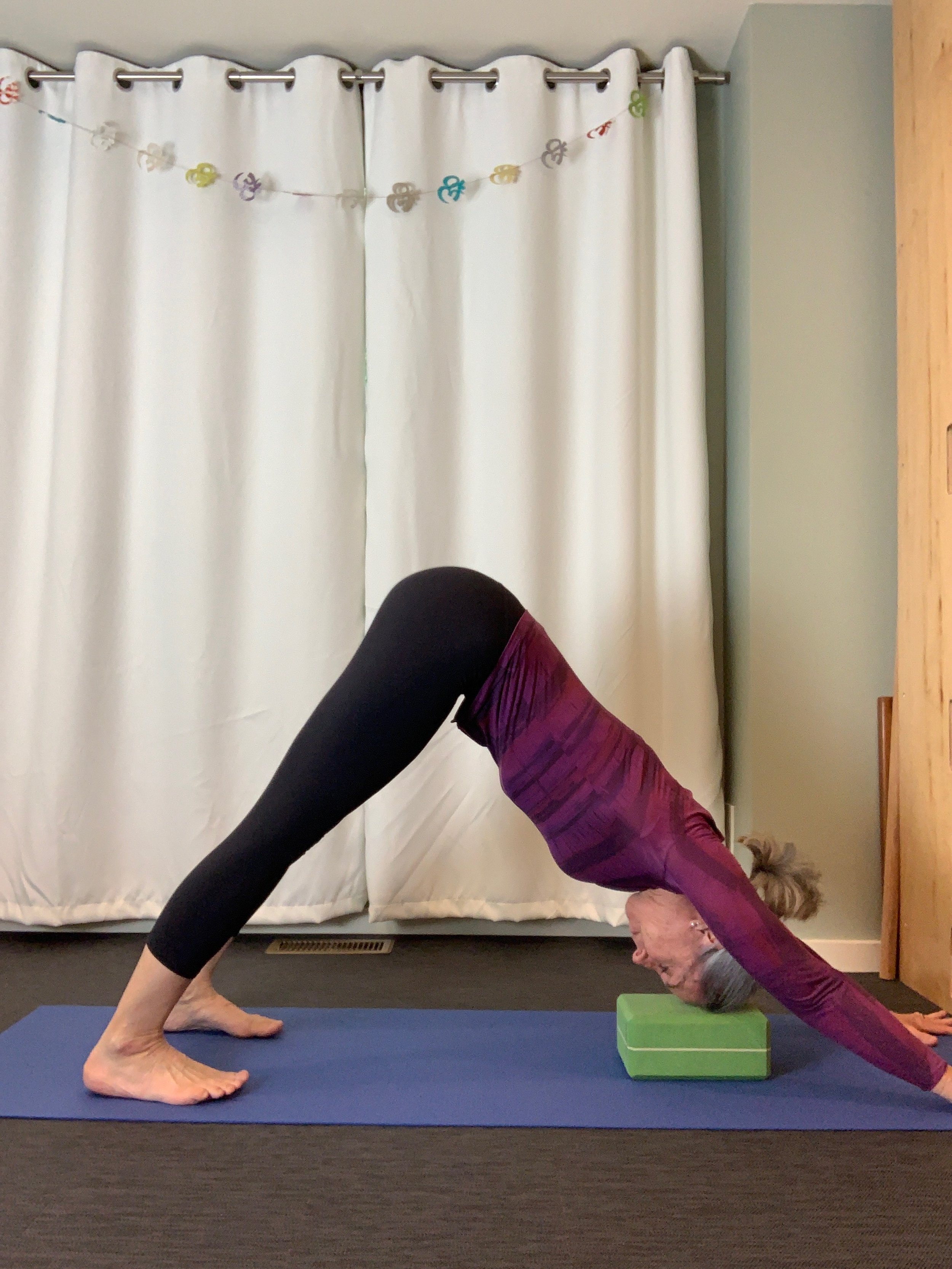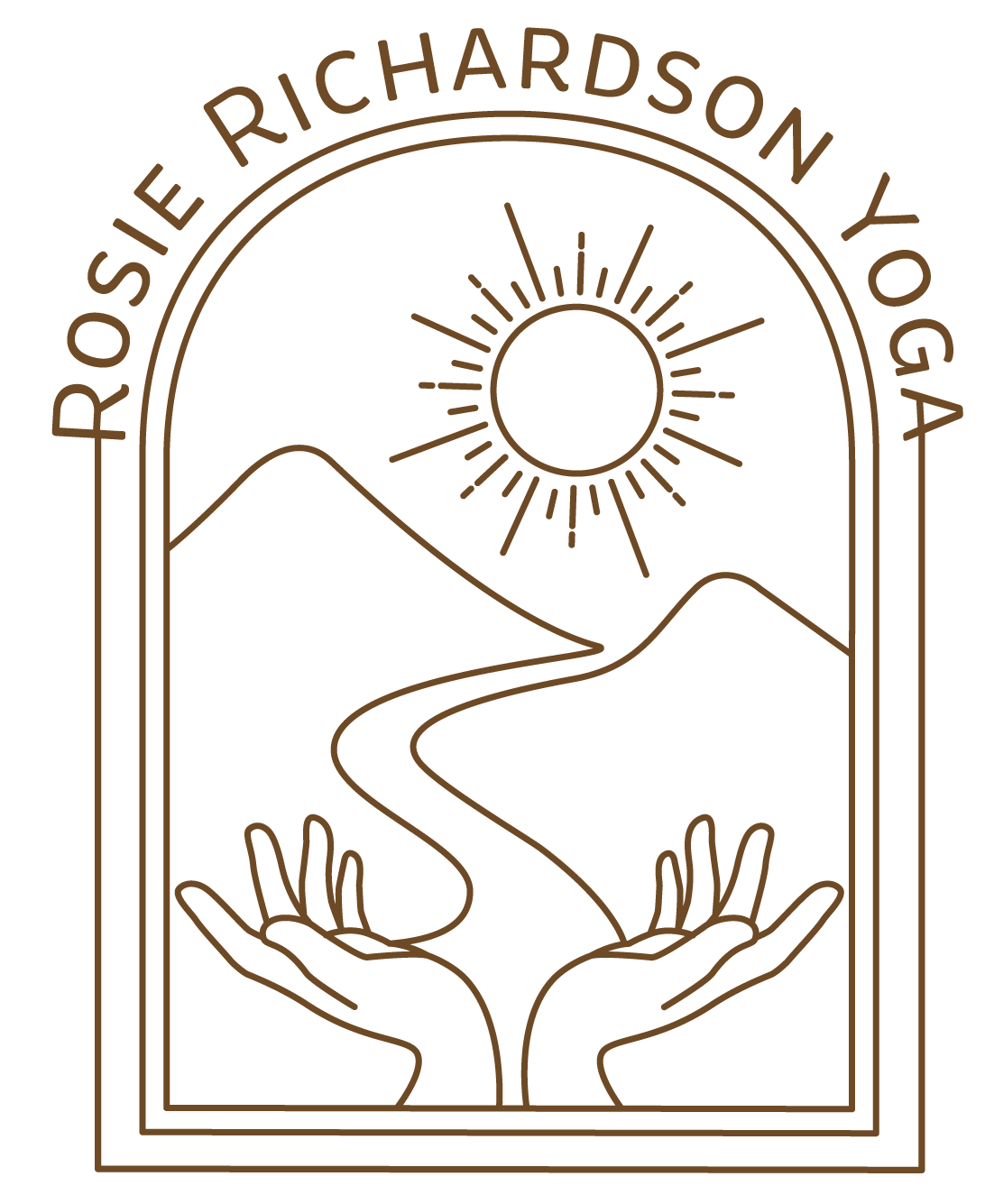
Sequences

-

Beginner Sequence
-

Intermediate Back Extension Sequence
-

International Yoga Day Sequence
-

Restorative Sequence
-

Colds and Congestions Sequence
-

Kitchen Back Care Sequence

About Iyengar Yoga
B.K.S. Iyengar (1918–2014)
Iyengar Yoga is a system of hatha yoga developed by B.K.S. Iyengar; it is firmly rooted in the traditional eight limbs of yoga as expounded by Patañjali in his classic treatise, The Yoga Sutras.
The essence of a good Iyengar Yoga class is that the instruction is precise, well-sequenced, creative, and varied. Iyengar yoga classes have “levels”, which ensures that the student learns the fundamentals before building up to more complex poses. Inversions become a regular part of the practice as one gains more experience. Finally, the teacher is “responsive” to the students in the room, and the creative use of props can enhance awareness, learning, accessibility, and variation in the human form.
Precision
How to place the feet in Tadasana – Mountain pose, how to adjust the legs in Trikonasana – Triangle pose, how to align the shoulder blades in Adho Mukha Svanasana - Downward Facing Dog Pose… the deliberate and systematic teaching not only helps the student find greater awareness in the pose but also a point of mental focus. BKS Iyengar referred to the asana practice as "meditation in action”. Detailed instruction is a tool to draw one inward, to align the mind and body in the present moment.
Sequencing
Sequencing in an Iyengar class has an intentional arc based on principles created by BKS Iyengar. In addition, by practicing different families of poses each week, one can experience a wider range of poses and their effects on the mind and body. Forward “bends” and inversions, for example, can be quieting for the mind, while backbends can be energizing for the mind. Pranayama and supported supine poses can lower stress and bring needed rest into the body and mind while standing poses and inversions create strength, stamina, and courage.
Creativity
In practice, I might notice how my shoulders are feeling, and then bring more attention to the shoulder blades throughout my practice. I might draw students’ attention to this in my sequencing that week. BKS Iyengar encouraged us to have a “curious mind”, not to do “yesterday’s pose” but to use the memory of past practice as a launch pad for today’s exploration.
Timing
There isn’t just one way to practice Iyengar Yoga. Some practices are fast-paced, others slower with longer holds. A fast-paced class can be uplifting and energizing, while a slower practice more meditative and quieting. As one becomes more attuned to the effect of the practice, one can explore and call upon different types of sequences to transform the mind.
Iyengar Yoga National Association of the United States (IYNaUS)
Membership Benefits:
Membership to the IYANE is a benefit of joining the National Association IYNAUS
Ongoing Regional Events & Community offerings
Regional Publication
Region-Exclusive Scholarship Opportunities
Iyengar Yoga Association of New England (IYANE)
Membership Benefits:
Classes & lectures you can access 24-7
Access to 20+ hours of classes taught by senior IYNAUS teachers during our annual Coast-to-Coast events
30+ practice sequences directly from the teachings of B.K.S. Iyengar
Exclusive IYNAUS publications & email updates
Exclusive ability to attend IYNAUS Conventions and member-only events with teachers like Abhijata Iyengar
Regional IYNAUS membership with ongoing community offerings & scholarship opportunities
Discounts for the IYNAUS store and more

Video Tutorials
Simple Rejuvenating Inversion Using Your Sofa
How to Use Stairs for Neck Traction
How to do a Half-Handstand at Home Using Two Walls

